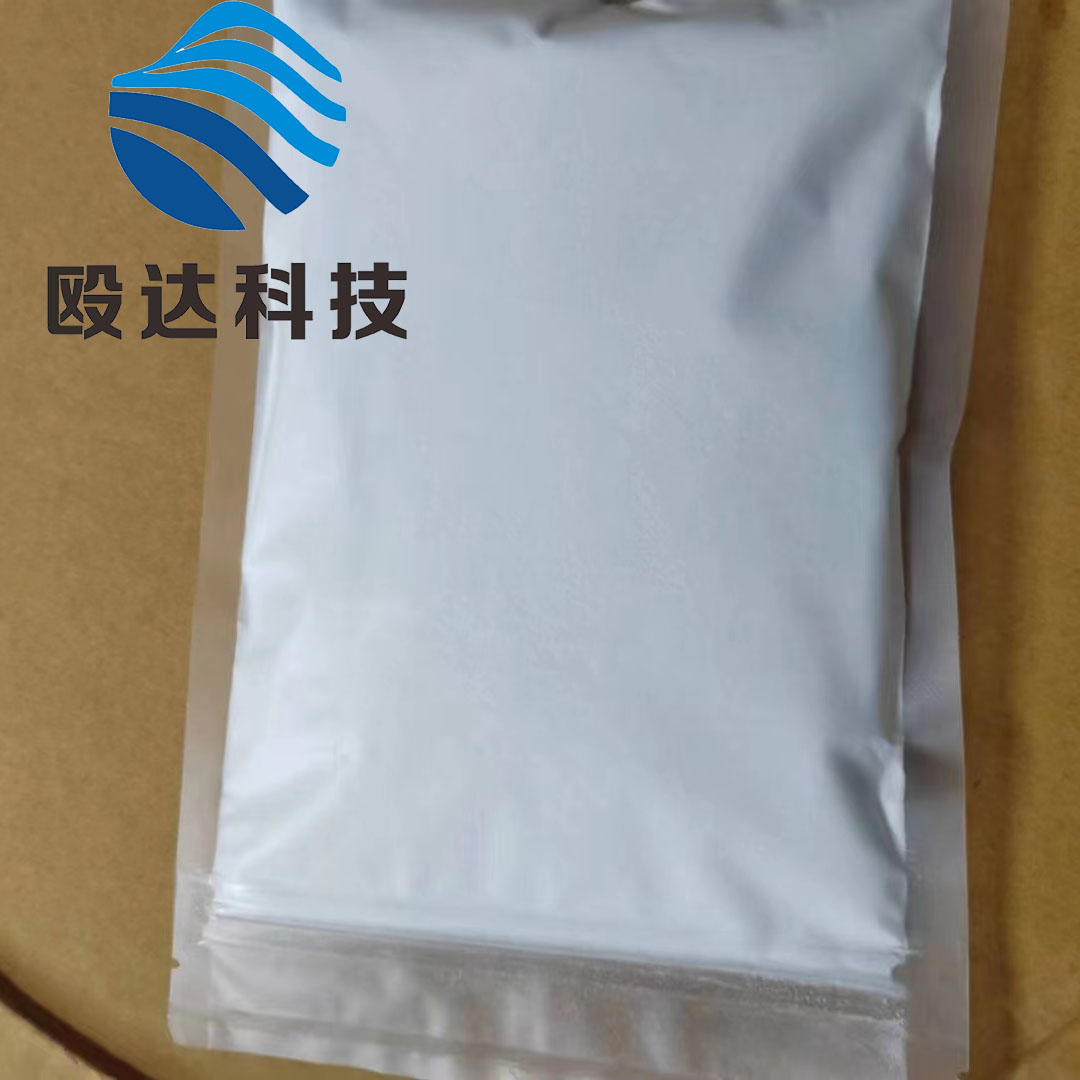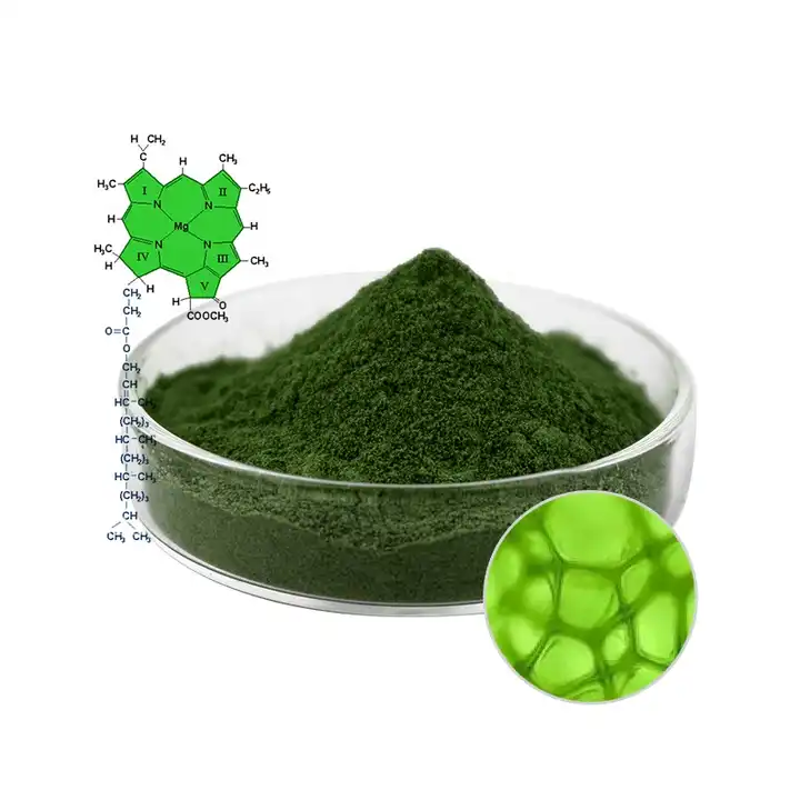The principle of ultrasonic cleaning of silicon wafers and the cleaning process
-
Last Update: 2012-12-29
-
Source: Internet
-
Author: User
Search more information of high quality chemicals, good prices and reliable suppliers, visit
www.echemi.com
The basic principle of ultrasonic cleaning Uses more than 28KHz of electrical energy, converted by ultrasonic transducer into high-frequency mechanical oscillation and introduced into the cleaning fluid Ultrasound radiates densely forward in the cleaning fluid, causing the liquid to flow and continuously producing tens of thousands of tiny bubbles These bubbles form and grow in the negative pressure zone of ultrasonic vertical propagation, and close rapidly in the positive pressure zone The formation and rapid closure of this tiny bubble is called the cavitation phenomenon, the cavitation phenomenon of the bubble closed to form a momentary high pressure beyond 1000 atmospheres, continuous and occasional instantaneous high pressure, like a series of small explosions constantly bombarding the appearance of objects, so that objects and gaps in the dirt quickly peeloff This cavitation erosion is the basic principle of ultrasonic cleaning Jining Hengshuo Ultrasound Machinery Co , Ltd in the process of silicon cleaning has accumulated considerable experience, i hope that there are silicon cleaning requirements of customers please contact us! Dedicated to serve you!
2 Cleaning process automatic feeding , de-ionized water , ultrasonic cleaning , slurping , alkali cleaning , slurping , deionized water , ultrasonic cleaning , throwing , lye - ultrasonic cleaning , slurping , elyms , elysion , electro-hydraulics , ultrasonic cleaning , Stosing and spilling, deionized water, ultrasonic cleaning, and slurping, spills, automatic discharge, 3 cleaning fluids, zui good ratio of the zui to make a ratio of 4" and 500 thick silicon wafers to do ten sets of experiments, fixed 5 minutes cleaning time and ultrasonic cleaning temperature, See the list below
From the table to observe the surface of the silicon wafer under different conditions, the surface of the silicon surface can be clearly seen with fluorescent lamp exposure to the appearance Therefore, it is concluded that the zui ratio of cleaning liquid is an active agent: cleaning agent: deionized water: 0.10:1.00:7.0 The lower the concentration of the cleaning agent, the more conducive to water cleaning, but the concentration of the cleaning agent can not be less than 15% or the cleaning effect will be reduced
4 Ultrasonic cleaning time determination will be divided into ten groups, with the above-mentioned zui good ratio for cleaning fluid ultrasonic cleaning, according to different times divided into ten batches of cleaning, cleaning time is 12345678910min at the same time with deionized water instead of cleaning liquid under the same conditions to do comparative experiments, concluded that the cleaning effect of the cleaning agent is significantly better than de-ion water, and ultrasonic cleaning time in 3min cleaning effect has been compared to the ideal 5 min cleaning temperature to determine the temperature of the
The adsorption of non-ionized external active agents in the liquid solid interface increases with the temperature This is because at low temperature non-ion outward active agent and water completely mixed, hydrophilic polyoxyethylene and water formed by the hydrogen bond energy is low, when the temperature increases, the molecular thermal movement intensified, resulting in hydrogen bond destruction, so that non-ion icing active agent in the water solubility decline, temperature rise to a certain value, non-ion outward active agent from the water solution to extract turbidity, this temperature is cloudy point Therefore, when the temperature rises, the trend of non-ionic external active agents to escape from water increases, and the adsorption increases The effect of temperature on the decontamination capacity of non-ionic external active agents is obvious when the temperature is close to the turbidity point, the cleaning effect Experiments can be obtained between 3050 degrees C, but 45 degrees C is good for zui
Observations of scanning electron microscopes Can be seen by scanning electron microscope scan spectrum analysis: the outer black spots of the grinding sheet are mainly particulate contaminants and carbon aggregates
This article is an English version of an article which is originally in the Chinese language on echemi.com and is provided for information purposes only.
This website makes no representation or warranty of any kind, either expressed or implied, as to the accuracy, completeness ownership or reliability of
the article or any translations thereof. If you have any concerns or complaints relating to the article, please send an email, providing a detailed
description of the concern or complaint, to
service@echemi.com. A staff member will contact you within 5 working days. Once verified, infringing content
will be removed immediately.







